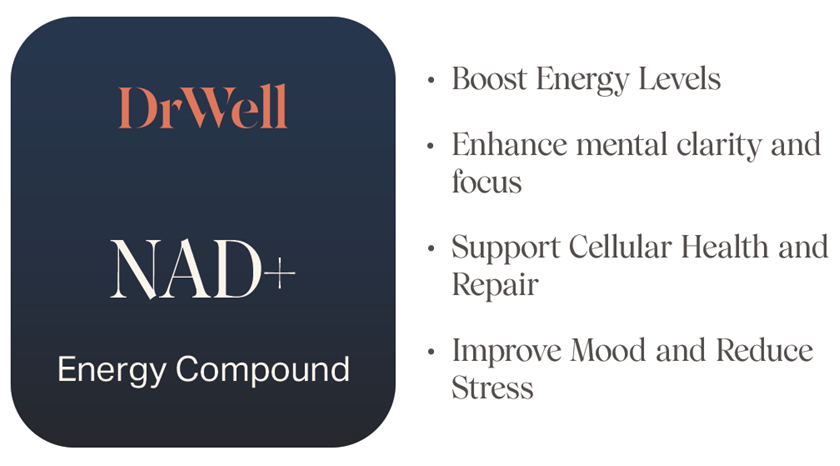Facebook was all the rage through the 2000’s, followed by Instagram, Snapchat and now TikTok. It’s fascinating to see not only new platforms, but how the platforms continue to evolve and change. I’m not talking about “cosmetic” changes like the profile layout or the dreaded Snapchat update of 2018.1 I’m talking about how these companies have changed their user engagement strategy and how that significantly affects our collective aesthetic businesses.
Then:
When Facebook came of age, we could post before and after photos without getting them taken down. A majority of our followers would see our posts. Engagement was great but then again, we had nothing to compare it to within the social media sphere. They were the only player in town.
Now:
Don’t even think of posting before and after photos or surgical clips to Facebook. If you do, your site will first get a warning, then a temporary suspension followed by a permanent ban. I very rarely use Facebook anymore since going all-in on Snapchat and Instagram. But I still wanted to maintain a presence. I had a great idea… or so I thought. I would repurpose my Instagram Stories by automatically syncing and sharing them to Facebook Stories. That way, I didn’t have to create any separate content for Facebook.
Bad idea. Since I don’t use Facebook often, I missed all of the warnings telling me that I was repeatedly violating Facebook’s community guidelines by posting the same content from Instagram. Even though Facebook owns Instagram, their community guidelines vary greatly. The next time I tried to share a blog post to Facebook, I noticed the account was permanently banned.
I was able to create a new business page on Facebook but starting fresh is never easy. Luckily, Facebook was not a major source of patients so it didn’t affect my practice. But if my practice was mostly facelift-based, losing the grandparents on Facebook could have been disastrous.
Another change with Facebook business pages is that they’re pay-to-play. There’s an oft-cited statistic that only 6% of your followers see your posts on Facebook. Want more people to see it? Boost, ie promote, ie pay Facebook to show it to more people. No thanks.
Snapchat
Then:
Initially, Snapchat was the Wild West of social media. Ten second video clips of almost any content, including gory surgical videos. Incising the skin? Bleeding? Breast lift with exposed nipples? No problem. Labiaplasty? Well, maybe not. Even though Snapchat continues to be more relaxed with their community guidelines, showing labia during a surgical procedure was always a no-no.
Now:
We still have a lot of viewers on Snapchat but as I mentioned before, everyone’s views dropped dramatically in 2018 once Snapchat updated their app to make it less user friendly. But Snapchat remains the best place to showcase surgical procedures since Instagram has become increasingly more restrictive. And the 10-second video clip limitation has been increased to 60 seconds.
Then:
As a photo sharing app in its infancy, it made sense to post before and after photos to the Instagram feed. Posting a great result could generate hundreds or thousands of likes. Not anymore. Over the years, the algorithm began placing a greater emphasis on video. In other words, as a user scrolls through their feed, they’re more likely to be shown a video than a basic photo. A video will get more likes because more eyes will see it. In comparison, fewer see the photo.
Now:
The emphasis on video is now supercharged through Stories (a Snapchat imitator, both with a 60 second time limit) and Reels (a TikTok imitator), also with a 60-second time limit. While a morphing video2 of a before and after photo or similar video will generate a lot of views and likes still, it’s clear that Instagram wants their content creators posting short video clips to Reels, or posting a series of video clips of your day to Stories.
Stories are 15 to 60 second clips highlighting your day. They expire after 24 hours, similar to Snapchat. We would often use Stories to showcase critical steps of a surgical procedure but Instagram started sending us notifications of “violence” or “pornography” for showing the removal of skin during a tummy tuck. To avoid getting our Instagram account taken down, which in contrast to Facebook would significantly curtail our business, we show more limited aspects of surgery on our Instagram Stories. But if there’s something with an “ew” factor, we direct our users to see the full procedure on Snapchat.
Reels are meant to be entertaining clips of up to 60 seconds. Unfortunately these are not as spontaneous as Stories. Reels require more choreography and planning3 after first understanding how the platform technically works. How to add clips, edit them, slow them down, speed them up and adding other captions and effects. The accompanying music makes the final product more enjoyable and fun to watch over and over again. The content should be educational in nature. You can include injectables or other non-surgical services, but if you’re including anything surgical, keep it very, very PC which of course means different things to different viewers and content moderators!
TikTok
Then:
About two years ago when I started dabbling in TikTok, I posted some surgical clips and morphing before and after photos with accompanying music. The before and after video4 of a Brazilian Butt Lift result got more traction than the surgical procedures. But I clearly wasn’t utilizing TikTok to its full potential. I had difficulty understanding it’s role in the aesthetic landscape. Was it just about dancing with your office staff?
Now:
Their community guidelines are more strict and they definitely don’t want to showcase surgical videos in the same way Snapchat allows. We recently posted a portion of a surgical video and a before and after result that very briefly showed a breast (not nipples!) and we received a warning referencing pornography. It didn’t take long for us to be banned from TikTok but I appealed and reassured the folks at TikTok that if they didn’t want surgical procedures or before and after photos, we could abide by that.
Thankfully we’re back on the platform and my millennial and Gen Z staff showed me the light. The explained how TikTok could be used to educate by repurposing current trending memes5. No blood, no guts, just aesthetically-related education set to a beat!
What does this all mean?
It means to adequately participate in social media, you can’t do it alone. Your staff needs to support you. You don’t necessarily need to hire a social media manager. If you have young staff, they’ll probably enjoy including this as part of their job description.
And don’t forget why you’re spinning your wheels producing content for social media in the first place. It’s to educate the consumer but also, to encourage them to come in for a consultation. You’ll still trying to generate leads.
Unfortunately, despite the time and effort put into social media, it’s not the only way to generate leads. As the figure below from my practice highlights, social media isn’t the only source of patients. You still have to include SEO, outreach events (which, as you can see in the pie chart, has been 0% of my lead generation in San Francisco during the pandemic) and other lead generation techniques as part of your overall marketing strategy to continue building and maintaining your practice. In other words, you have to keep your hands in multiple marketing cookie jars.

And don’t forget…
As these social media platforms change their engagement strategy, it consequently changes your strategy. You may not always be able to protect yourself from these changes. What if your account is banned? What if Instagram becomes pay to play? Rather than relying solely on the whims of social media, and Google search algorithms for that matter, be sure you have something to show for all of your outreach: an email database.
Don’t just educate. Get viewers back to your website and capture their contact information. As I’ve discussed here in Modern Aesthetics,6 include a tantalizing call-to-action on your website (like a “Get A Quote Now” button) to get a social media follower’s contact info. That way, no matter what happens with your SEO or social media, you’ll be left with a huge email marketing database for your own independent outreach. You’ll own your marketing!
Dr. Jonathan Kaplan is a board-certified plastic surgeon based in San Francisco, CA and founder/CEO of BuildMyBod Health7, a price transparency-lead generation platform. You can watch him operate and educate @realdrbae on Instagram,8 Snapchat9 and TikTok.10
1 https://medium.com/@ryanpep17/the-all-so-dreaded-snap-update-a8169f035f89
2 https://www.instagram.com/p/CSXC4j7lezz/?utm_medium=copy_link
3 https://www.instagram.com/reel/CTGFVh9h6Gn/?utm_medium=copy_link
4 https://vm.tiktok.com/ZMRHGSpmC/
5 https://vm.tiktok.com/ZMRHGtkVj/
6 https://modernaesthetics.com/articles/2019-may-june/how-an-email-database-can-power-your-practice?c4src=ajax-search:feed
8 https://www.instagram.com/realdrbae/




